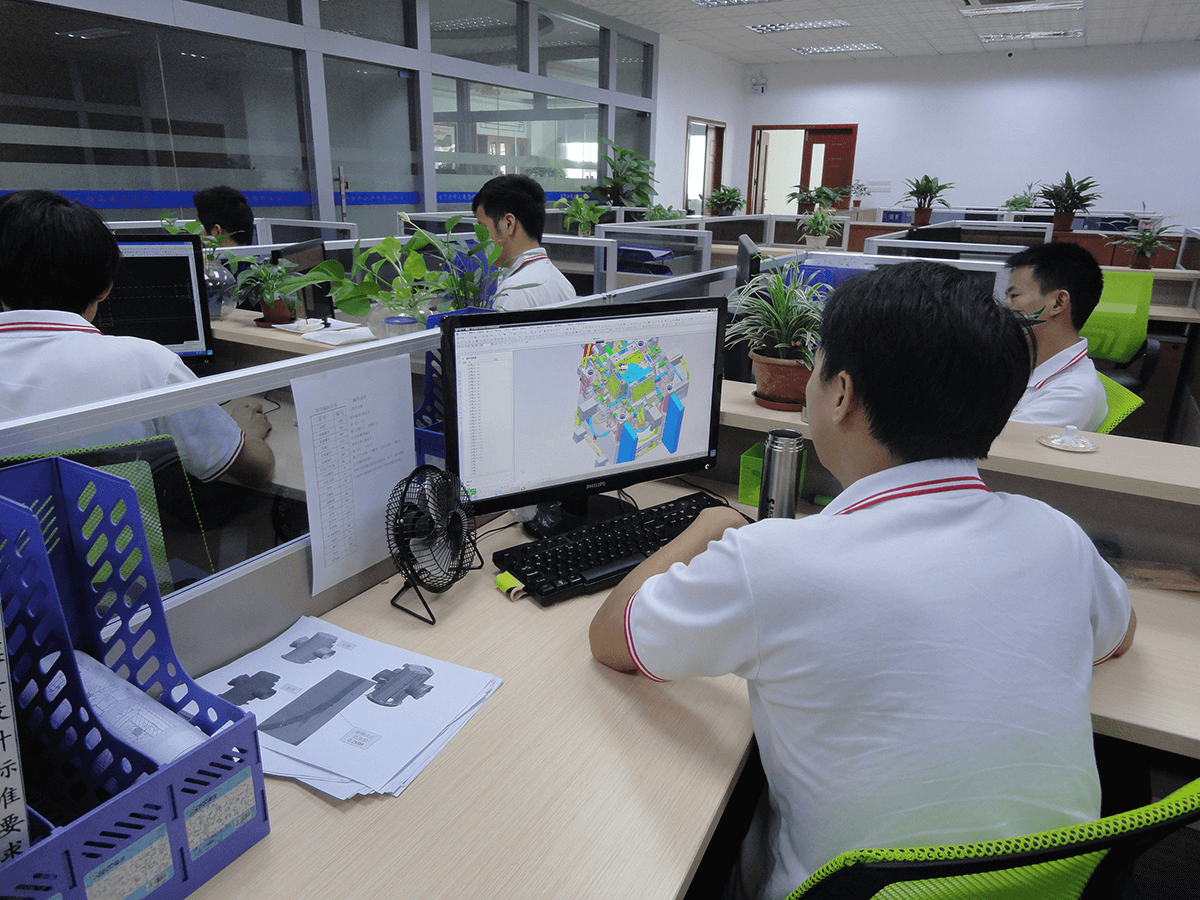Plastic mold design is integral in manufacturing and shaping raw materials into desired forms or shapes. When designing a mold, material selection, manufacturing process, and maintenance and repair must be considered, as different materials have different properties affecting their quality and final product. A well-designed mold cavity should achieve desired product size, shape, ease of ejection after filling, smooth product removal, and prevention of damage due to mold growth are key factors. A well-crafted mold ensures high-efficiency levels with successful outcomes during manufacturing.
Importance of mold design in manufacturing
Mold design is a vital component of the manufacturing process that directly affects the final product’s quality, cost, and consistency. A well-designed mold can reduce costs, minimize material waste and enhance product performance and durability while meeting required specifications and tolerances for mass production. Mold design incorporates factors like material flow, cooling time, and shrinkage optimization to produce high-quality items consistently. Therefore, investing in effective mold design guarantees successful and efficient production operations.
Mold Design Challenges
-
Complexity of mold design process
Complexity of Mold Design Process: Crafting an accurate mold requires an intimate knowledge of the part and product being manufactured and its production process. Without such insight, creating an accurate mold design becomes impossible.
-
Material selection challenges
Material Selection Challenges: Selecting the proper material for a mold is essential to guarantee it can withstand manufacturing demands. Furthermore, the mold material must be capable of withstanding heat and pressure during molding and providing an even surface finish.
-
Part design challenges
Part Design Challenges: Crafting the design of a part or product that will be manufactured presents challenges. The mold designer must guarantee that the part can be produced without defects or warping, which could negatively affect its functionality in the final product.
-
Tooling challenges
Tooling Challenges: Tooling is an integral component of mold design, affecting production time, cost, and part quality. Mold designers must consider various elements like the mold’s manufacturing process, the volume of parts produced and tooling cost when optimizing their tooling design. An incorrect tooling design could lead to production issues like flash or sink marks that negatively affect part quality.
-
Surface finish challenges
Surface Finish Challenges: Surface finish is essential in mold design, directly impacting the part’s appearance, functionality, and durability. When designing a mold, designers must consider factors like material, geometry and manufacturing process for optimal surface finish. Surface defects like scratches or blemishes can negatively affect the quality and aesthetic of the part while detracting from its functionality.
-
Cooling challenges
Cooling Challenges: Cooling is essential in mold design, influencing the part quality, production time, and efficiency. Inadequate cooling may result in quality issues like warping or sink marks while increasing production cycle time and efficiency. When optimizing this process, mold designers must consider various elements such as cooling system design, location, and flow rate.
-
Ejection challenges
Ejection Challenges: Ejection challenges refer to the difficulties in successfully ejecting the final product from a mold without damaging it. To address this, mold designers must consider the design of their ejection system and placement of ejector pins, ensuring that products come out without defects. Proper ejection also prevents damage to the mold.
-
Cost challenges
Cost Challenges: Mold design can be expensive, and the designer must weigh the costs associated with mold construction, tooling and production to guarantee that their final product is cost-effective. Furthermore, any modifications that need to be made to the original design must also be factored in.
Conclusion
-
Recap of the challenges faced in mold design
Mold design presents manufacturers with several challenges that must be overcome to produce an accurate and efficient mold. These include complexity in the design process, material selection, part design, tooling design, surface finish, cooling requirements, ejection requirements, and cost considerations. Overcoming these difficulties requires technical proficiency, creativity, and attention to detail.
-
Importance of overcoming these challenges for successful mold design
Overcoming mold design challenges is essential to guarantee the successful production of high-quality parts or products. Failure to address these obstacles could lead to manufacturing issues such as product defects, inadequate surface finishes, increased production time and costs, and decreased efficiency.
Proper material selection, tooling design, cooling, and ejection systems determine the final product’s quality, functionality, and aesthetic appearance. An inadequate design in any of these areas could result in defects, warping, or reduced durability-ultimately rendering it unusable.
Successful mold design requires in-depth knowledge of the production process and the manufactured product. Neglecting this understanding could result in an inadequate mold design that doesn’t meet all the necessary standards for production.
Overcoming these difficulties produces a well-designed mold that produces high-quality parts, boosts production efficiency, and reduces costs. Considering all relevant aspects before production begins, you can ensure the final product meets the necessary standards while avoiding expensive and time-consuming modifications.
-
Future directions in mold design research and development.
Mold design research and development is headed in a transformative direction, driven by emerging technologies and innovations. One key area in plastic molding manufacturing is 3D printing and additive manufacturing, which allow for the creation of increasingly complex molds. Rapid prototyping is becoming increasingly important in mold design, enabling faster iterations and design cycles. CNC machining is another area where significant advancements have been made, providing increased precision and accuracy in mold design and production. Overall, research in mold design is focused on using cutting-edge technology to create efficient, sustainable, and cost-effective molds while still offering top product quality.


